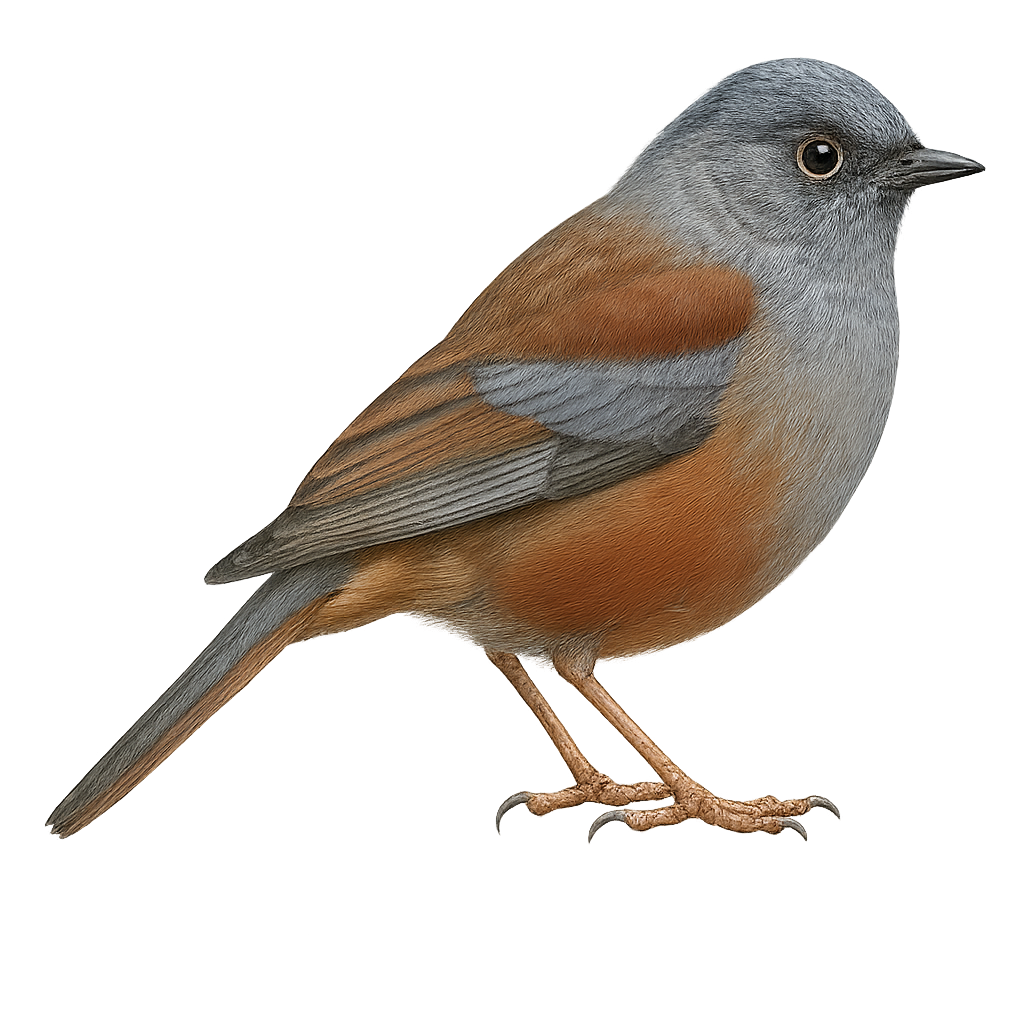Your wildlife photography guide.
Explore the tibetan accentor in detail, study its behavior, prepare your shots.
Where to observe and photograph the tibetan accentor in the wild
Learn where and when to spot the tibetan accentor in the wild, how to identify the species based on distinctive features, and what natural environments it inhabits. The WildlifePhotographer app offers tailored photography tips that reflect the tibetan accentor’s behavior, helping you capture better wildlife images. Explore the full species profile for key information including description, habitat, active periods, and approach techniques.
Tibetan Accentor
Scientific name: Prunella immaculata

IUCN Status: Least Concern
Family: PRUNELLIDAE
Group: Birds
Sensitivity to human approach: Suspicious
Minimum approach distance: 10 m
Courtship display: April to May
Incubation: 11-13 jours
Hatchings: April to June
Habitat:
Mountain regions, alpine meadows, rocky areas
Activity period :
Primarily active during the day, with peak activity in the morning and late afternoon.
Identification and description:
The Tibetan Accentor, or Prunella immaculata, is a small passerine bird belonging to the Prunellidae family. It is primarily found in the mountainous regions of the Himalayas, including Tibet, Nepal, and Bhutan. This bird is characterized by its uniform brown-grey plumage, lacking distinctive markings, which helps it blend into its rocky environment. It inhabits high-altitude areas, often above 3000 meters, where it feeds mainly on insects and seeds. The Tibetan Accentor is a discreet bird, often seen alone or in small groups. Its ability to survive in extreme climatic conditions makes it a fascinating example of high-altitude adaptation.
Recommended lens:
400mm – adjust based on distance, desired framing (portrait or habitat), and approach conditions.
Photography tips:
To photograph the Tibetan Accentor, it is advisable to use a telephoto lens of 400 mm or more to capture detailed images without disturbing the bird. Look for high-altitude areas where this bird is active, particularly in alpine meadows and rocky areas. Be patient and discreet, as the Tibetan Accentor is suspicious. The best times for photography are early morning or late afternoon when the light is soft and the bird's activity is at its peak.
The WildlifePhotographer App is coming soon!
Be the first to explore the best nature spots, track rutting seasons, log your observations, and observe more wildlife.
Already 1 429 wildlife lovers subscribed worldwide

